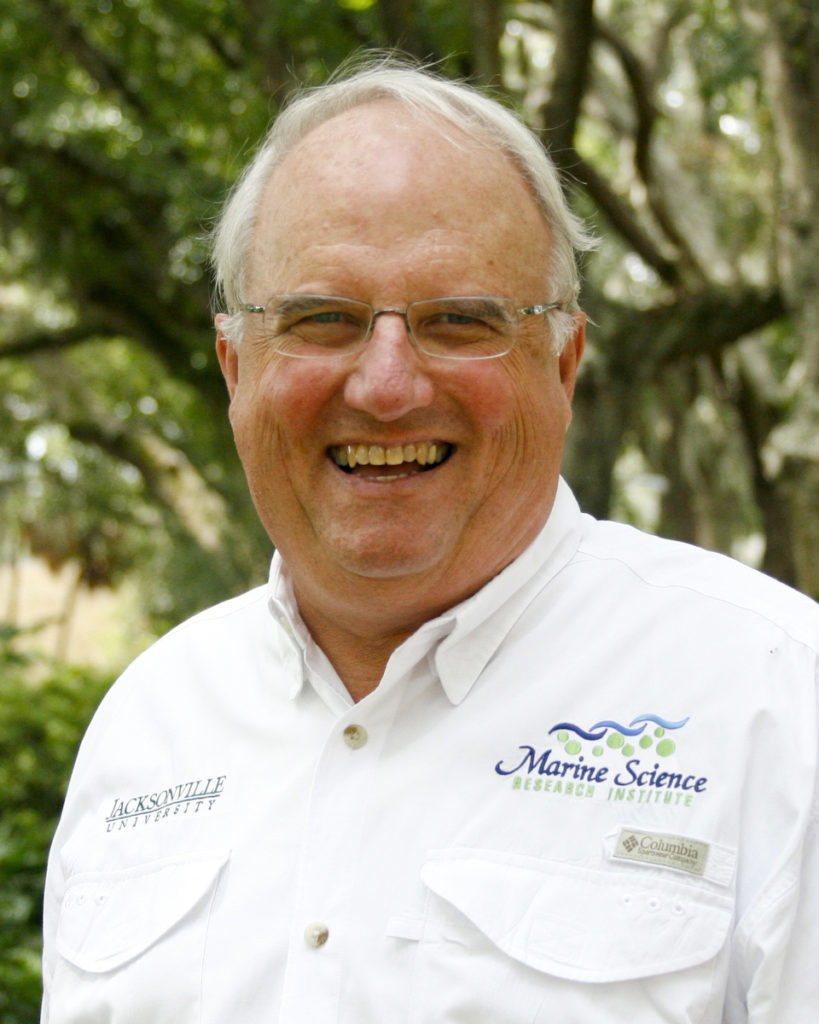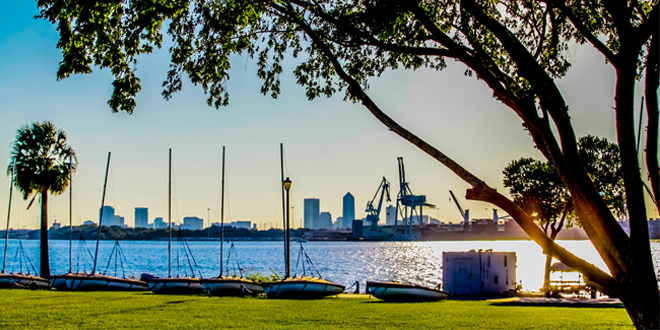Has it ever occurred to you that the St. Johns River is very much like a symphony? Jacksonville is blessed to have an excellent symphony orchestra. I was at the final Jacksonville Symphony Masterworks Concert performance of Mahler’s 5th Symphony last month. This particular piece was especially beautiful and started me thinking that our St. Johns River is quite a symphony in many ways. Admittedly, music has different effects on different people, and I like to let my mind wander when listening to classical music.
Symphonies are often stories and when you listen carefully, you can hear and feel the story in the music. Many of you are aware of works like Ferde Grofé’s Grand Canyon Suite, which was popularized by conductor Leonard Bernstein. One movement is a sunrise, and another is a cloudburst. The music creates in your mind the beauty of the early morning, or the energy of a thunderstorm.
Another piece that hits closer to home is Frederick Delius’s Florida Suite. It draws on the period of his life managing an orange grove in Salano Grove on the St. Johns River. His music takes you in four movements through Daybreak, then By the River, to Sunset — Near the Plantation, and finally At Night. I have played Florida Suite to my classes as an introduction to marine ecology.
It is especially well suited to Jacksonville because he studied music here and the music has a direct link to the St. Johns River.
Which brings me back to my original point. The St. Johns River is like a symphony.
The cadence of the tides, the daylight cycle and the seasons all provide the rhythm. The variety of organisms provide the melody.
Many components of the river are like members of the orchestra — the textured woodwinds, the dynamic strings, the powerful brass, plus the driving percussion section that ranges from triangles to drums to tympani. Working together, each section plays a critical role in making the sounds that we associate with harmony and balance.
Thus, it is for an estuarine marine ecosystem like the St. Johns River. Each organism creates a sound. In some cases, it is a real sound. Croakers get their name because of the sound they make, as do Drum — yes, it sounds like drumming — or Snapping Shrimp, who, like their name implies, make a snapping sound when the click their large claws.
In another way, the organisms create a certain kind of harmony in how they function as an ecosystem. The music is more figurative than literal. In the same way the woodwinds, strings and brass play together; the vegetation, shrimp, fish, crabs and oysters all work together to create an ecological symphony.

River Life runs the first Tuesday of each month in The Florida Times-Union. E-mail A. Quinton White, executive director of Jacksonville University’s Marine Science Research Institute, with questions about our waterways at qwhite@ju.edu. For more on the MSRI, visit ju.edu/msri.
 Wave Magazine Online Jacksonville University News Hub
Wave Magazine Online Jacksonville University News Hub
